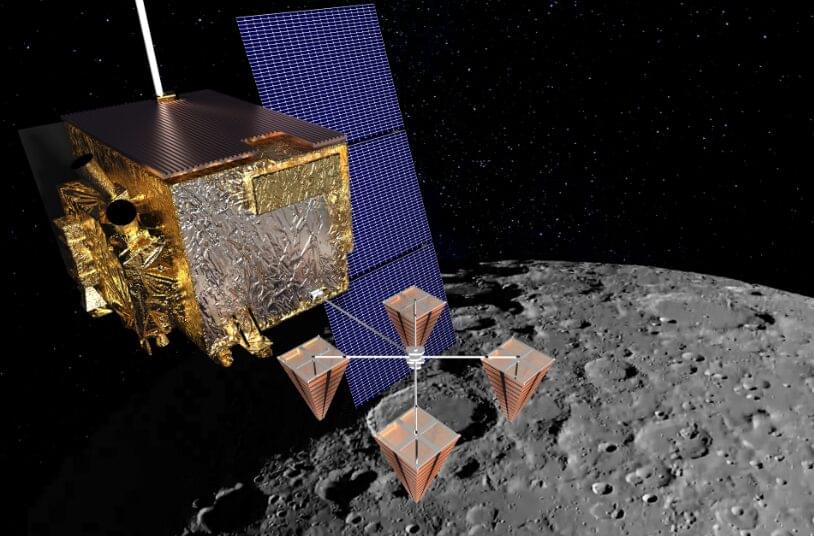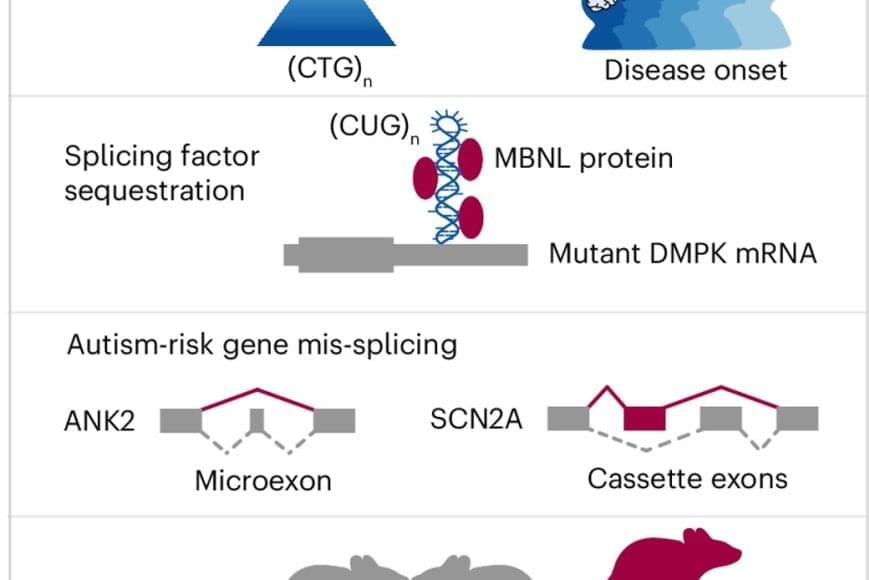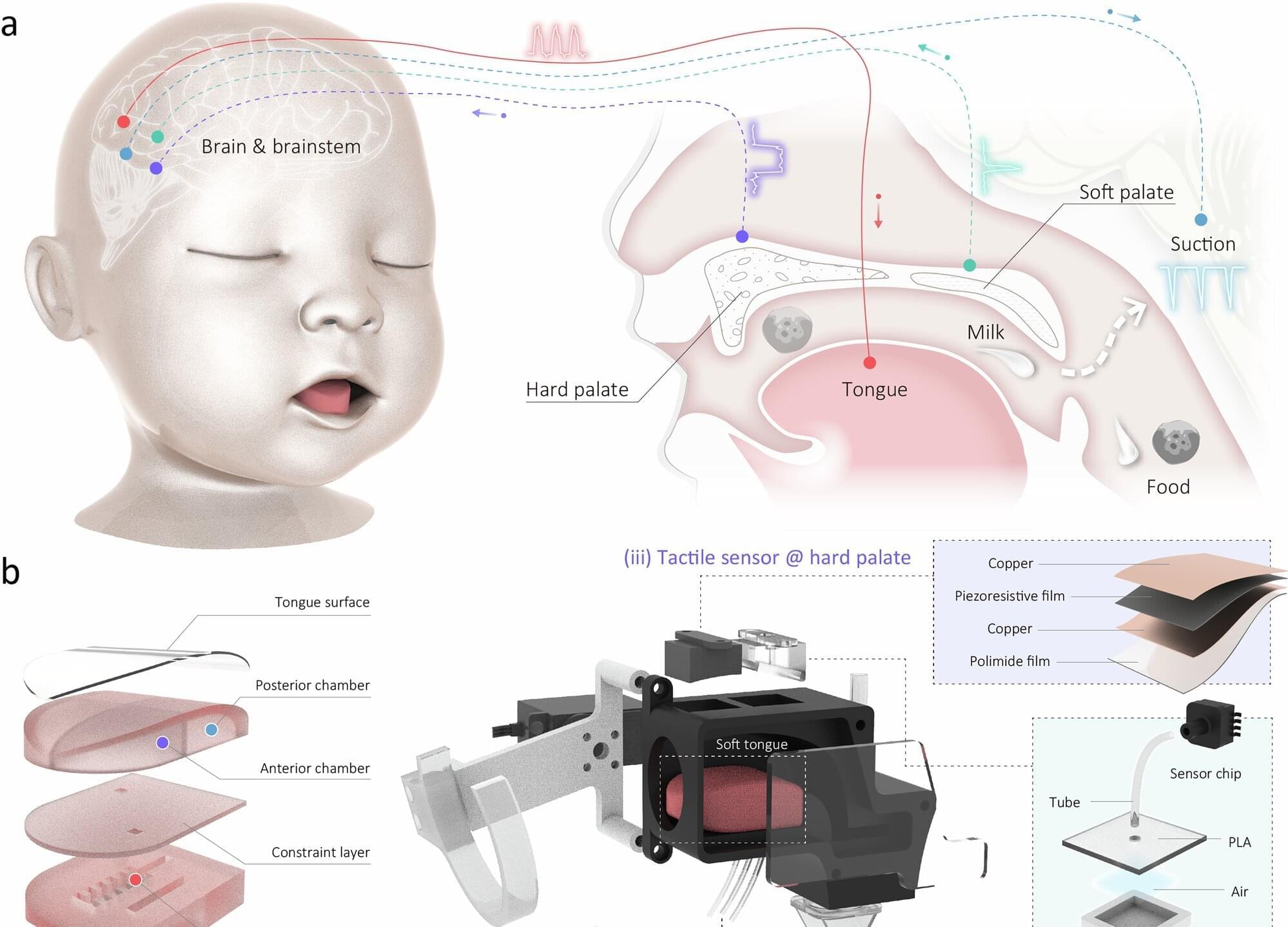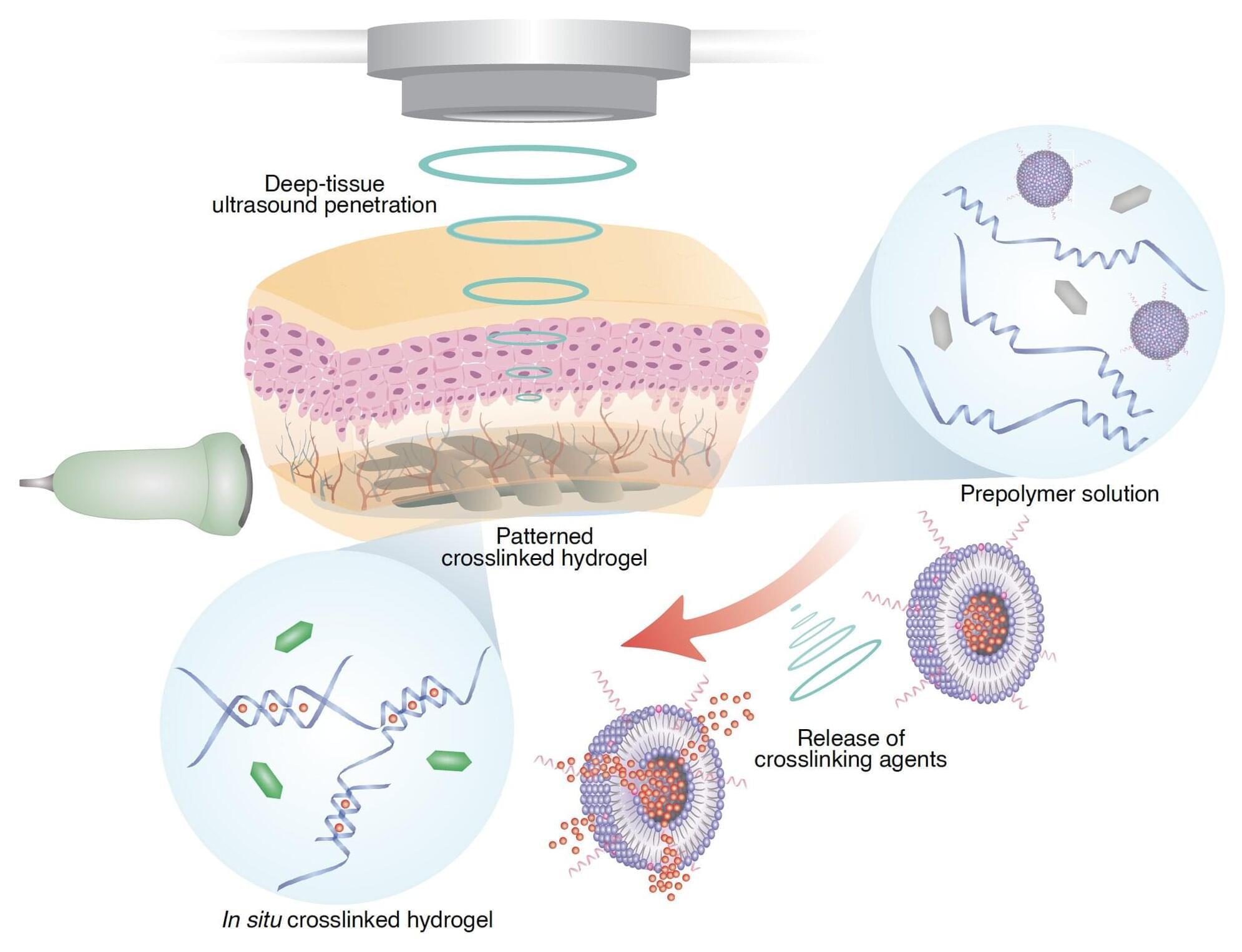China-based hackers exploited SAP flaw CVE-2025–31324 since April 29, impacting global industries via web shells.





Since the start of the year, the Russian state-backed ColdRiver hacking group has been using new LostKeys malware to steal files in espionage attacks targeting Western governments, journalists, think tanks, and non-governmental organizations.
In December, the United Kingdom and Five Eyes allies linked ColdRiver to Russia’s Federal Security Service (FSB), the country’s counterintelligence and internal security service.
Google Threat Intelligence Group (GTIG) first observed LostKeys being “deployed in highly selective cases” in January as part of ClickFix social engineering attacks, where the threat actors trick targets into running malicious PowerShell scripts.


Scientists and space explorers have been on the hunt to determine where and how much ice is present on the Moon. Water ice would be an important resource at a future lunar base, as it could be used to support humans or be broken down to hydrogen and oxygen, key components of rocket fuel. University of Hawai’i at Manoa researchers are using two innovative approaches to advance the search for ice on the Moon.
ShadowCam scouts for surface ice.
Water ice was previously detected in the permanently shaded regions of the Moon’s north and south poles by Shuai Li, assistant researcher at the Hawai’i Institute of Geophysics and Planetology (HIGP) in the UH Manoa School of Ocean and Earth Science and Technology (SOEST). A new study led by Jordan Ando, planetary sciences graduate student in Li’s laboratory, examined images from a specialized camera, the “ShadowCam,” that was on board the Korea Aerospace Research Institute Korea Lunar Pathfinder Orbiter.

A recent discovery of a molecular connection between autism and myotonic dystrophy, a type of neuromuscular disease, may provide a breakthrough on how clinicians approach autism spectrum disorder.
The new study by an interdisciplinary team of biomedical scientists, published in Nature Neuroscience, used myotonic dystrophy as a tool or model to learn more about autism – effectively using one disorder to better understand the other.
“We identified a new pathway that can lead to autism,” said the research lead. “We found that a genetic mutation in a certain gene can disrupt the expression of multiple autism-related genes during brain development, causing autism.”

A combined team of roboticists from CREATE Lab, EPFL and Nestlé Research Lausanne, both in Switzerland, has developed a soft robot that was designed to mimic human infant motor development and the way infants feed.
In their paper published in the journal npj Robotics, the group describes how they used a variety of techniques to give their robot the ability to simulate the way human infants feed, from birth until approximately six months old.
Prior research has shown that it is difficult to develop invasive medical procedures for infants and babies due to the lack of usable test subjects. Methods currently in use, such as simulations, observational instruments and imaging tend to fall short due to their differences compared to real human infants. To overcome such problems, the team in Switzerland has designed, built, and tested a soft robotic infant that can be used for such purposes.

Imagine that doctors could precisely print miniature capsules capable of delivering cells needed for tissue repair exactly where they are needed inside a beating heart.
A team of scientists led by Caltech has taken a significant step toward that ultimate goal, having developed a method for 3D-printing polymers at specific locations deep within living animals. The technique relies on sound for localization and has already been used to print polymer capsules for selective drug delivery as well as glue-like polymers to seal internal wounds.
Previously, scientists have used infrared light to trigger polymerization, the linking of the basic units, or monomers, of polymers within living animals.

Dental caries (tooth decay) is a common oral health condition that often causes significant pain and discomfort and may even lead to tooth loss. In severe and untreated cases, bacterial infection combined with the host’s immune response can cause bone resorption, or the breakdown of bone tissue in the tooth root. Moreover, traditional treatments for advanced dental caries, such as surgery, can result in bone defects that require complex bone grafting procedures.
Building on this knowledge, bone tissue engineering and dental tissue regeneration have gained the attention of researchers worldwide. Recent reports suggest that microRNAs (miRNAs)—small, non-coding ribonucleic acid sequences—play a key role in bone tissue regeneration. However, the underlying mechanisms and pathways regulated by miRNAs remain unclear.
To investigate the intrinsic processes involved in dental bone repair, a team of researchers led by Associate Professor Nobuyuki Kawashima, graduate student Ziniu Yu, and Professor Takashi Okiji from the Graduate School of Medical and Dental Sciences, Institute of Science Tokyo (Science Tokyo), Japan, has conducted a series of innovative experiments using human dental pulp stem cells (hDPSCs) and mice.